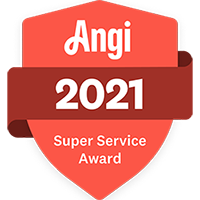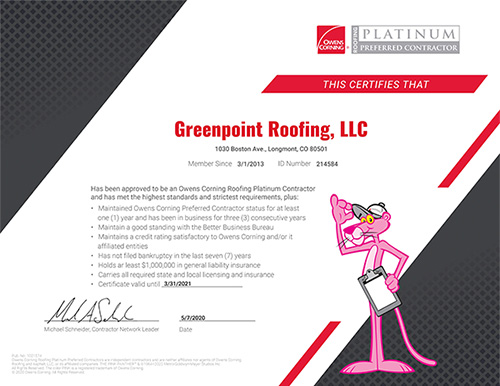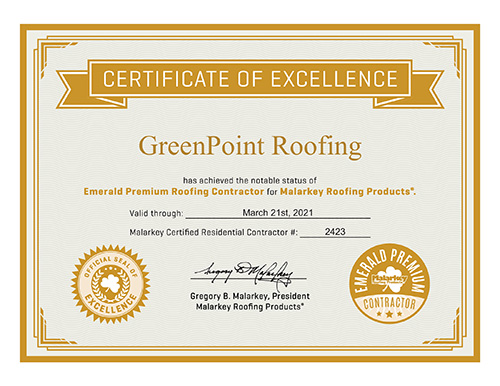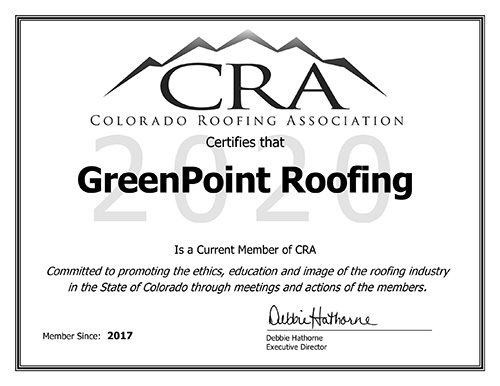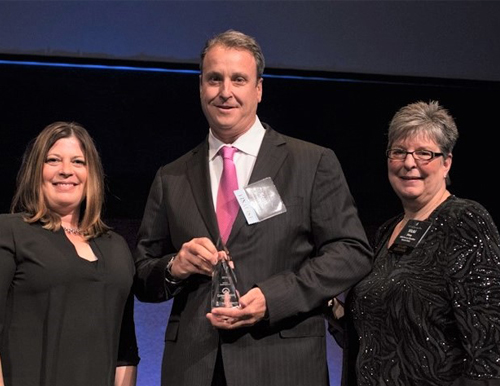The Crucial Importance of Post-Hail Storm Roof Inspections
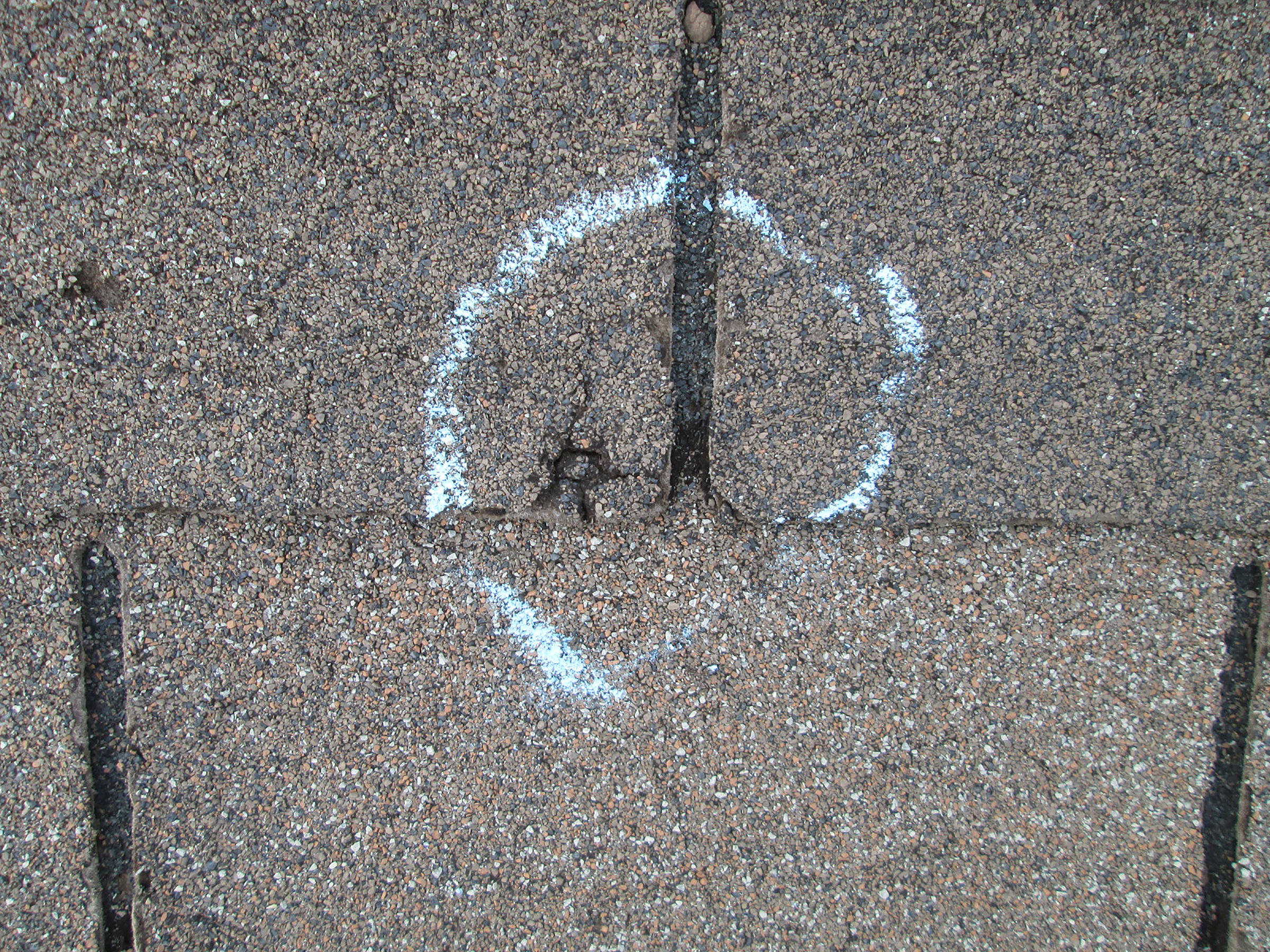
Hail storms are a common yet menacing phenomenon in many regions across the globe, having the potential to inflict significant damage to both residential and commercial properties. This includes damage to vehicles, landscapes, and, most importantly, the structural integrity of buildings – primarily through impact on the roofs. The severity of these storms can vary drastically, with more giant hailstones often leading to more widespread and devastating consequences. Despite these potential risks, many property owners overlook the importance of a post-storm roof inspection, erroneously believing their structures to be unscathed. This essay aims to elucidate the dangers associated with not inspecting roofs after a hail storm and highlight the significance of proactive measures in mitigating these risks. We’ll delve into understanding hail damage, recognizing its signs, assessing its potential risks, and the pivotal role that professional roof inspection plays in maintaining the longevity and safety of a property. Through this discourse, we aim to stress the necessity of such inspections, not merely as a reactive measure but as a crucial step in preserving one’s home or commercial establishment.
Understanding Hail Damage
Hail storms, while potentially beautiful to behold, are agents of destruction for a roof. The hailstones’ size, density, and velocity can lead to varying damage on diverse roofing materials. For instance, asphalt shingles may exhibit a random pattern of strike marks, granule loss, or even fracture upon hail impact. On the other hand, metal roofs may show dents or distorted spots. Tile or slate roofs can crack or break, while wooden shingles can split or crack randomly.
The effects of hail damage can be both immediate and long-term. The immediate effects could include leaks and diminished aesthetic appeal. However, the more ominous damages lurk over time, gradually eroding the roof’s structural integrity, leading to premature aging or even failure of the roofing system.
Signs of Hail Damage
Hail damage can sometimes be hard to spot with an untrained eye. Visible signs may include dents or divots on the roof, cracked or missing shingles, and accumulation of roofing granules in gutters. Bruises or dark spots on shingles may also be evident. However, not all hail damage is blatantly visible. Some effects are subtle, like small fractures on shingles that lead to decay over time or minuscule punctures that escalate into leaks.
Additionally, the damage isn’t always limited to the roofing material alone. Metal vents, gutters, or flashing around chimneys and vents could also be damaged. Thus, a thorough inspection must include these aspects to ensure a comprehensive assessment.
The Risks of Ignoring Hail Damage
The most immediate risk of ignoring hail damage is the potential for water ingress leading to leaks and interior water damage. This can further lead to cosmetic and structural damage, along with the potential growth of mold and mildew, posing a health risk to inhabitants.
In the long term, unattended hail damage can cause severe structural deterioration. Small cracks can expand, shingles can decay, and over time, this can compromise the entire roofing system. Furthermore, unnoticed damage could void manufacturer warranties on roofing materials, leaving the property owner to bear the brunt of future repair or replacement costs.
The Role of Professional Roof Inspection
Recognizing the potential effects of hail damage and the risks of ignoring it underscores the importance of professional roof inspections. Roofing professionals have the knowledge, experience, and tools to identify and assess hail damage. They can spot subtle signs of damage that a layperson might overlook, accurately determine the extent of the damage, and recommend appropriate remedial measures.
Moreover, a professional roof inspection comprehensively assesses the overall roof condition beyond just the hail damage. It could highlight other areas of concern, such as wear and tear due to age or other weather events. Thus, it is a reactive measure post a hail storm and a proactive step toward maintaining the roof’s health. Such inspections can help extend a roof’s lifespan, ensure it provides the necessary protection, and uphold the property’s value.
The risks posed by neglecting to check your roof after a hail storm are substantial. From surface-level damage to hidden structural deterioration, the repercussions of hail damage can be far-reaching. Immediate concerns such as leaks can snowball into extensive interior water damage, leading to more significant structural and cosmetic harm. The potential growth of mold adds a health hazard to the equation. Over time, unchecked damage can result in total roof failure, voided warranties, and considerable repair or replacement costs.
Professional roof inspections emerge as an indispensable solution in mitigating these risks. Identifying and assessing damage early, help prevent minor problems from spiraling into significant issues, thus ensuring the roof’s longevity and integrity and protecting your investment.
In essence, vigilance in the aftermath of a hail storm is not merely about damage control but a proactive measure to maintain the health of a building’s most critical protective barrier – its roof. Therefore, it’s a call to action for all property owners to understand the potential dangers of hail storms and respond responsibly. Don’t hesitate to ensure your properties remain safe, secure, and structurally sound. Schedule a free roof consultation today to safeguard your investment against the potential perils of hail damage.









